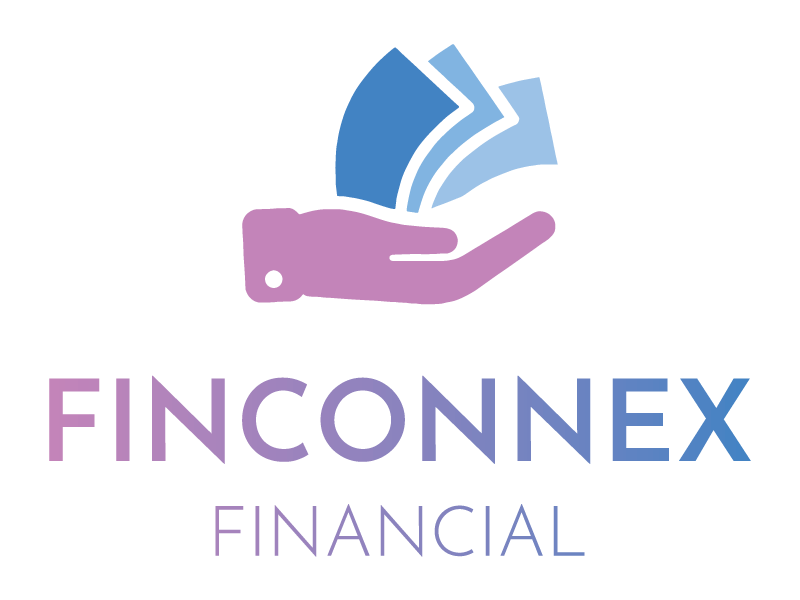Navigating low doc loans and self employed home loans with confidence
For self-employed individuals or those who face challenges in verifying their income conventionally, low doc home loans, and specifically self employed home loans coupled with home loan advice, offer a ray of financial hope.
These loans provide a way to borrow without the need for recent tax returns or extensive financial statements, making them a lifeline for those whose circumstances don’t fit the traditional mould.
The landscape of low doc home loans can be intricate to traverse. With different lenders laying out distinct requirements and interest rates, including self employed home loans, finding the right fit can prove to be a puzzle.
Financial institutions view low doc loans as higher risk, resulting in additional safeguards and constraints.
Currently, a limited number of lenders extend low doc solutions, and in some cases, interest rates have experienced upward adjustments. It’s a nuanced scenario, and borrowers need to be vigilant to make informed decisions.
Consider the following potential challenges:
- Interest rates:
The realm of interest rates in the realm of low doc loans hinges on the lender’s evaluation and the extent of supporting documentation you can provide. Some lenders maintain competitive rates akin to those offered for full documentation loans.
- Deposit requirements:
In many cases, a larger deposit, typically around 20% of the property’s purchase price, is necessary. However, specific lenders may stipulate different conditions, allowing for variations in deposit amounts.
- LMI or risk fee:
Borrowing over 80% of the property’s value often leads to the application of Lenders Mortgage Insurance (LMI). This is a factor to consider, as it adds to the financial commitment of the loan. Some specialist lenders refer to this as a “Risk Fee.”
Navigating your path
Get the help from our experienced finance and mortgage brokers, who possess an in-depth understanding of the market’s dynamics. They are equipped to provide you with the necessary insights to make the right decision for your unique circumstances, especially when it comes to finding the best home loans for first-time buyers.
Whether you’re seeking the right low doc solution or need clarity on this complex lending avenue, don’t hesitate to reach out to us today.
